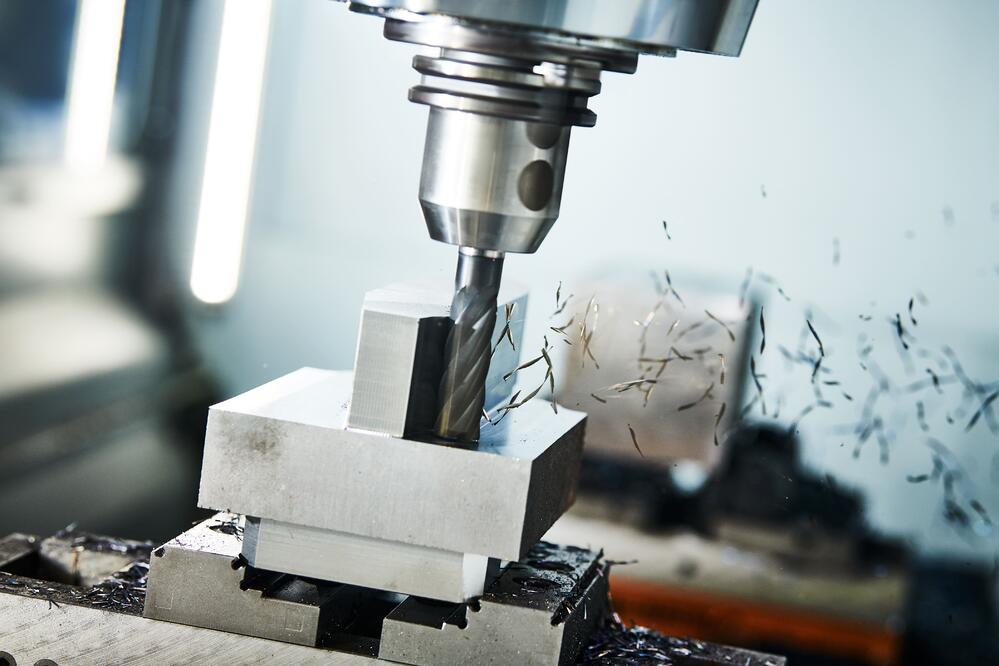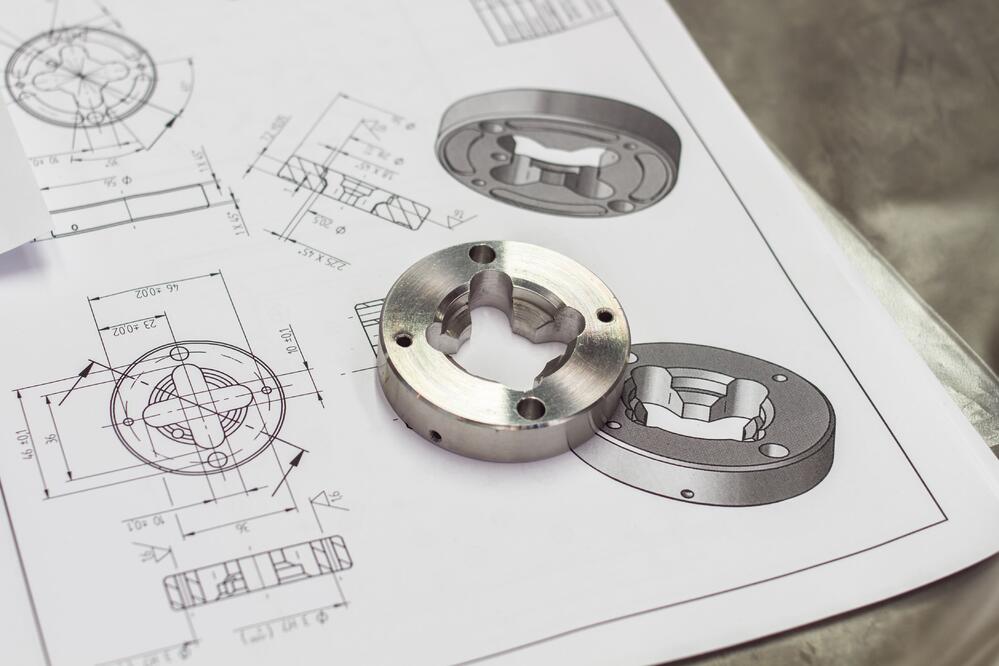The die casting industry is evolving. Today, we know much more details about the features of different alloys and can achieve more impressive results in terms of quality and production speed than a couple of decades ago. That also means that the design phase of any die casting project is now more complex than ever before. In one of our previous blogs, we talked about some of the key design decisions you need to focus on. Today, we’re diving deeper into what you should consider once your parts are solidified and ejected from molds.
AS-CAST FINISH GUIDELINES
It’s always good to know what exactly you want to achieve or what end result you expect, and die casting is not an exception. Although the die casting process is famous for the superior as-cast finish of the manufactured metal parts, as-cast surface finishes are generally classified into five grades, and the earlier in the project you can define which type of cast finish you’re looking for, the better. For example, Grade 1, also called the Utility Grade, is mostly used when there are no cosmetic requirements. In this grade, small surface imperfections, like rubs and lubricant build-up, are acceptable, and such die casts are usually covered with a protective coating only. Grade 4, or the Consumer Grade, is the best for decorative purposes, plating, etc., because the part surface here must be perfect. The final Grade 5, or the Superior Grade, is usually used for very specific applications and must be discussed during the initial project stages.
Why is it essential to define the finish grade you’d like to have for your metal parts? Because some important decisions can be made during the planning stage of part design features affecting the final finish quality. For example, if we’re talking about cosmetic finishes, additional steps in die design, construction, and casting production are necessary.
POST-CASTING PROCESSES
CNC MACHINING
CNC machining of die castings is a complex manufacturing process that requires a high level of experience in pre-planning. It is often involved in the die casting process when it’s essential to cut costs and improve efficiency. However, an important thing to remember is that all the specific machining requirements must be stated clearly before die design drawings are developed or before any prototyping begins.

SURFACE TREATMENTS AND FINISHING
For many die-cast parts, the last operation performed is trimming because no surface finishing is needed. However, a broad range of high-quality surface treatments is available for all possible alloys. Whether you want to protect your parts from corrosion, increase a part’s resistance to wear, provide a decorative finish, or achieve better pressure tightness, you can do that using various surface treatments. At Simalex, we offer a wide range of finishing options.
Here, at Simalex, we’re ready to walk you through the whole design process and help you make all those crucial decisions. It’s important for us to save your time and money; that’s why we offer our clients the most cost-effective and high-quality solutions possible. Contact us today to learn more about our die casting services!

